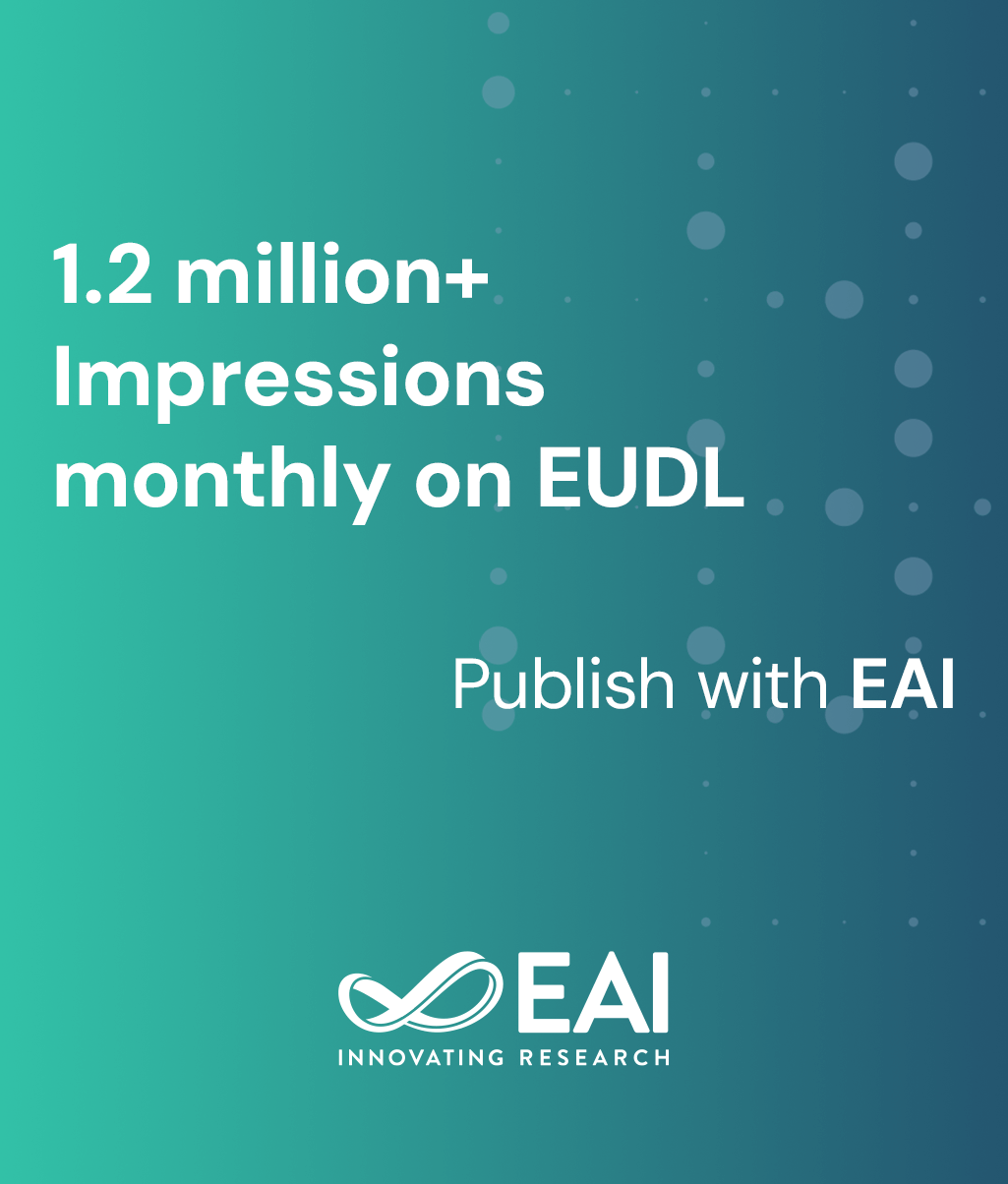
Research Article
New directions for adapting intelligent communication and standardization towards 6G
@ARTICLE{10.4108/eetsis.5126, author={Anjanabhargavi Kulkarni and R. H Goudar and Vijayalaxmi Rathod and Dhananjaya G. M and Geetabai S Hukkeri}, title={New directions for adapting intelligent communication and standardization towards 6G}, journal={EAI Endorsed Transactions on Scalable Information Systems}, volume={12}, number={1}, publisher={EAI}, journal_a={SIS}, year={2024}, month={7}, keywords={Internet of Things, Blockchain Technology, Massive MIMO, Quantum Communication, Terahertz Commmunications, THz, Cell-Free Communications, Intelligent Reflecting Surface}, doi={10.4108/eetsis.5126} }- Anjanabhargavi Kulkarni
R. H Goudar
Vijayalaxmi Rathod
Dhananjaya G. M
Geetabai S Hukkeri
Year: 2024
New directions for adapting intelligent communication and standardization towards 6G
SIS
EAI
DOI: 10.4108/eetsis.5126
Abstract
Rapid advancements in wireless communication technology have made it easier to transfer digital data globally. With the complete assistance of artificial intelligence, the sixth-generation (6G) system—a new paradigm in wireless communication—is anticipated to be put into use between 2027 and 2030. Faster system capacity, faster data rate, lower latency, higher security, and better quality of service (QoS) in comparison to the 5G system are some of the main concerns that need to be addressed beyond 5G. Combining the growing need for more network coverage, lower latency, and greater data rates is the aim of 6G. It is recommended that to meet these needs and enable new services and applications, intelligent communication be implemented. The main enablers and facilitators for implementing intelligent communication beyond 5G are outlined in this paper. The article provides the horizon for new adaptations and standardization for integrating 6G intelligent communication in future networks and outlines the requirements and use-case scenarios for 6G. It also highlights the potential of 6G and key enablers from the standpoint of flexibility. It examines key research gaps like spectrum efficiency, network parameters, infrastructure deployment, and security flaws in past transitions while contrasting 5G and 6G communication. To overcome these challenges, modernizing 6G research domains are essential. Therefore, this review article focuses on the importance of 6G wireless communication and its network architecture, which also provides the technological paradigm shift from 5G to 6G. Furthermore, it highlights popular domains such as Artificial Intelligence, Internet of Things, Managing Big Data, Wireless Mobile networks, and Massive MIMO (Multiple Input Multiple Output), Quantum communication, Block chain Technology, Terahertz Communications (THz), Cell-free Communications and Intelligent Reflecting Surface as research objectives.
Copyright © 2024 A. Kulkarni et al., licensed to EAI. This is an open access article distributed under the terms of the CC BY-NCSA 4.0, which permits copying, redistributing, remixing, transformation, and building upon the material in any medium so long as the original work is properly cited.


